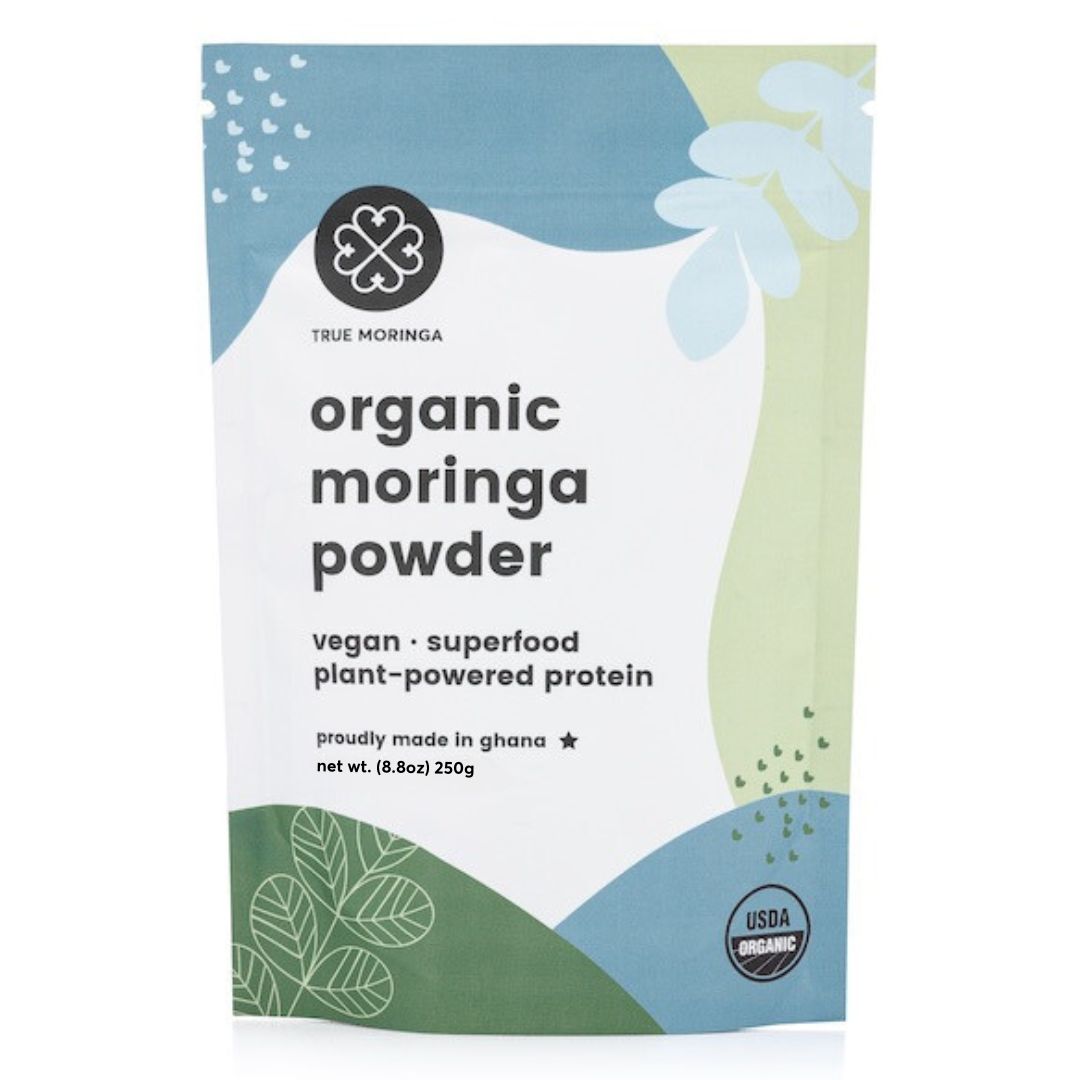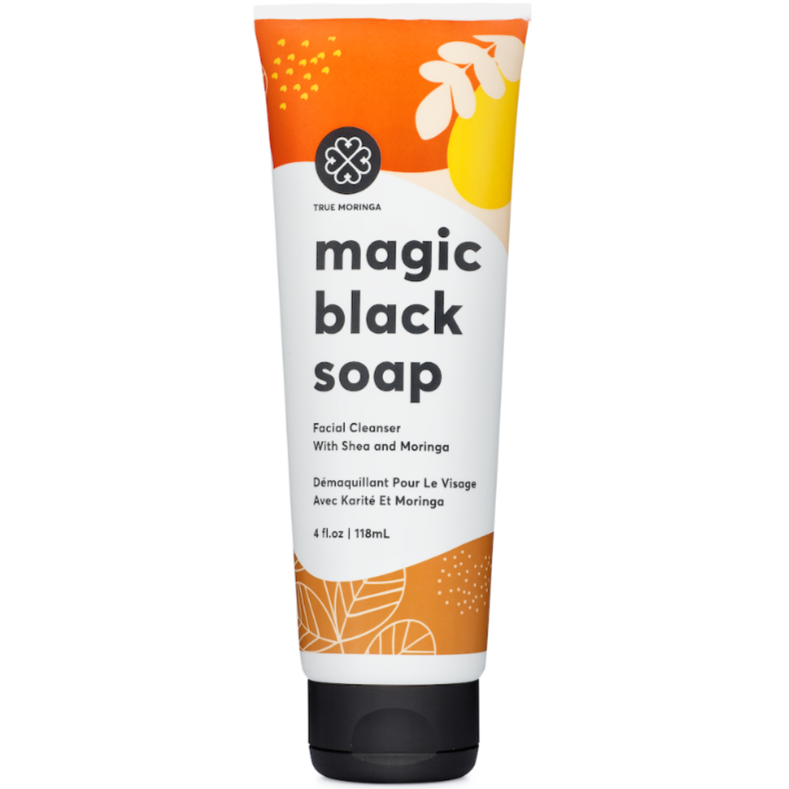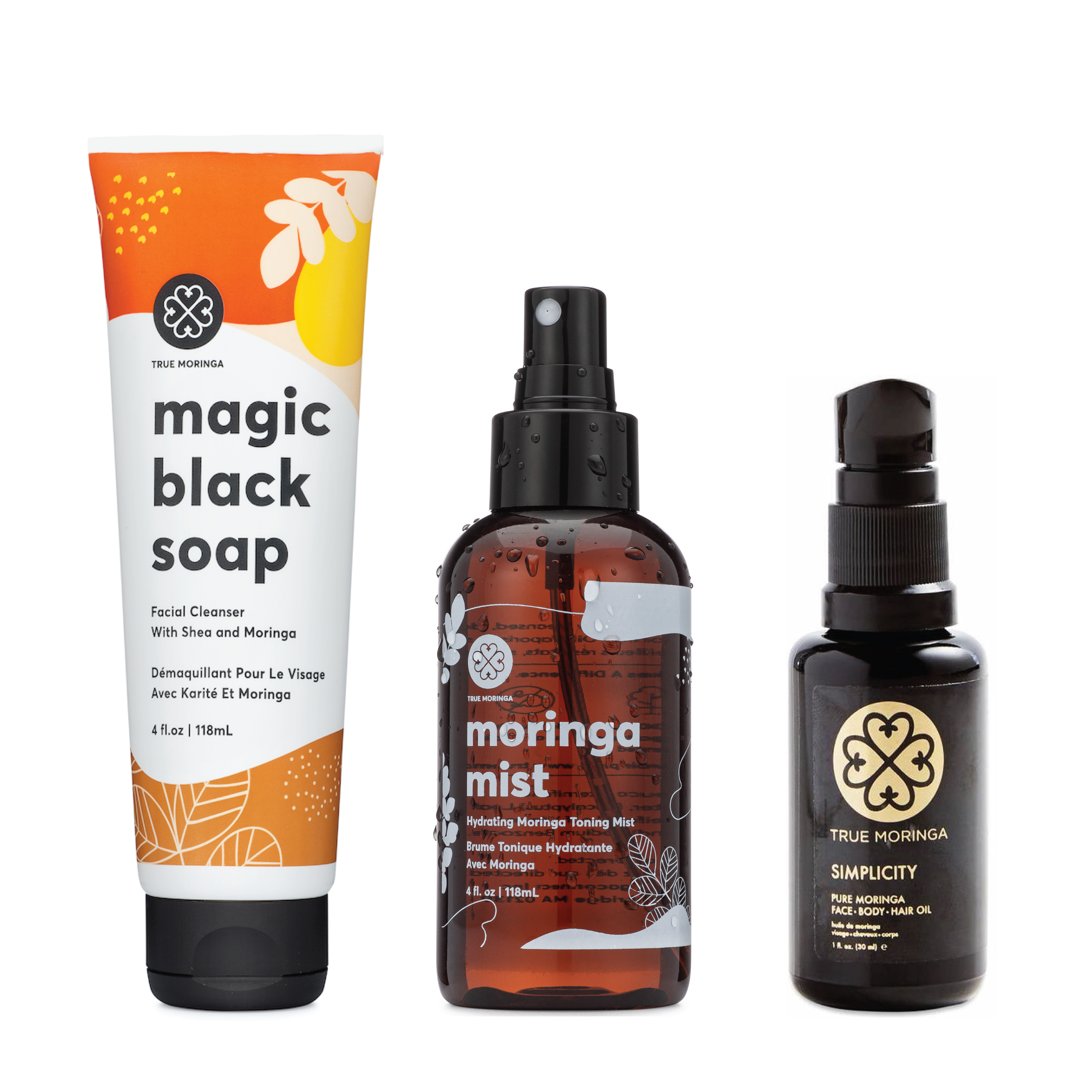


Conscious Consumption in 4 Easy Steps
In our highly politicized society, everything you do seems to be a statement; from the fruit you buy to the neighborhood you live in. And while sometimes a banana really is just a banana, it’s important to recognize the journey a simple item may make (often several times around the world) before it reaches your household.
The trend toward more conscious, responsible consumption is an indication that as a society, we’re beginning to care more about the impact that global production is having—on the environment, on societies, and on ourselves—and more specifically, how our purchasing decisions can make a difference.
I understand it’s daunting to delve into the supply chain of corporate mass production, or to maneuver through marketing campaigns that use popular buzzwords to overcharge well-intentioned buyers, but don’t give in! As a show of solidarity, I’m offering this easy guide to help you make smarter purchasing decisions that you can feel good about.
STEP 1: HAVE A GOAL
Before you get overwhelmed trying to navigate the crazy world of conscious consumption think about what you are trying to do by becoming a conscious consumer. What are you trying to change? What issues are important to you? Even if the answer is “all of them,” it helps to start small. Is your goal environmental sustainability? Is it ending child labor and sweatshops? Or is it personal health, and avoiding unnatural or synthetic products?
There are companies and organizations that do all these things and more, producing ethically sourced, sustainable goods. Sometimes that means paying a higher price to feel good about your purchases, which is why it helps to pick something meaningful to you personally. By focusing on one issue at a time, you can mitigate the effect on your wallet, while justifying the price hike of certain items that you feel are important to spend more on.
STEP 2: DO YOUR RESEARCH
Don’t just take the label at face value. I’m not telling you not to buy the Fair Trade chocolate or organic produce. I’m just saying that because a sticker on a tomato says it’s the best tomato doesn’t necessarily make it true. Companies can be sneaky that way.
Supply chains are complicated, and there are so many factors that can indicate a single item’s sustainability and equitability. Educate yourself on what goes into making the products you’re looking for, where they are produced, and what are the practices of the companies that make them. Luckily, as conscious consumption becomes more widespread, there are tons of websites, blogs and apps to help you find this sort of information more easily.
For more on this topic, check out my earlier post, here.
STEP 3: CONSUME LESS OVERALL
This is the one none of us wants to hear. But if the ultimate goal is to change the culture of consumption, we have to move away from a consumption-based culture. Especially if you’re motivated by environmental sustainability. Take a deep hard look at your purchases and ask yourself which of the things you’re buying you actually need, and how much pleasure do they really bring you.
This responsibility lies on the consumers. Through clever advertising campaigns, producers will continue trying to convince the general population that we need things we don’t, leading to increased demand and pressure on resources—both natural and human. As long as this is the case, there will be a market for cheaply made goods, and producers will meet that demand by exploiting labor and ecosystems.
STEP 4: GET INVOLVED
Ultimately, your decision to be a more conscious consumer is part of your decision to be a more conscious member of society, which means being an active member of society. While purchasing responsibly is an important step, it doesn’t take the place of getting involved on a personal level. Choose a cause that’s meaningful to you and get out and volunteer, whether it’s canvassing for a local election, serving at a soup kitchen, or helping out at a community garden. Getting involved will help you understand the issues on a personal level, which will help to guide your decision making as a consumer in the future.






